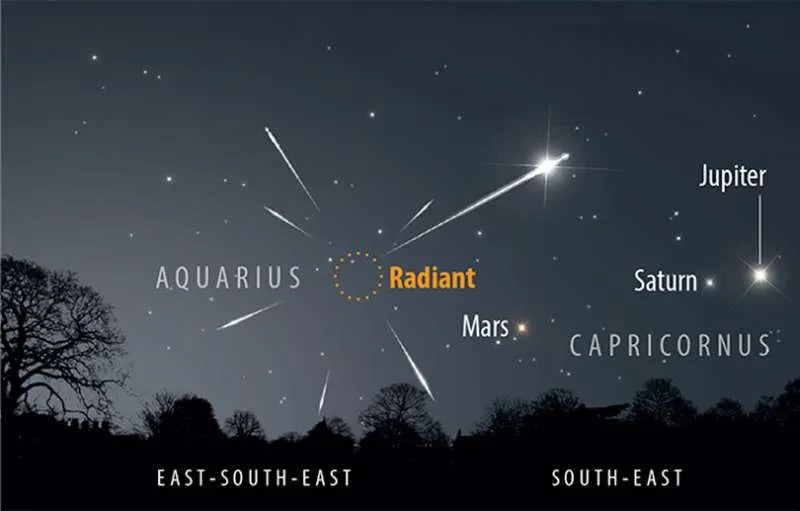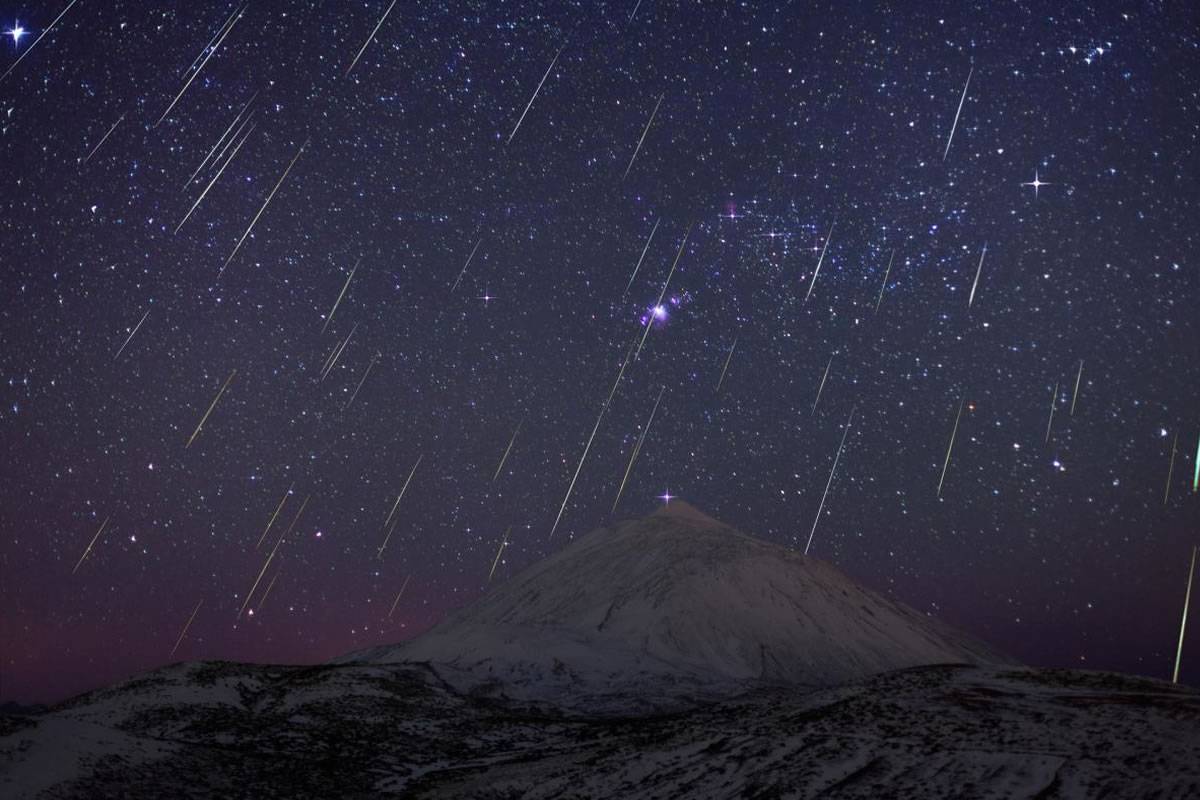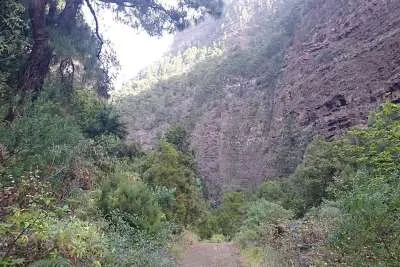The Canary Islands are the prime spot to witness the Eta Aquarids meteor shower
- 30-04-2024
- National
- Canarian Weekly
As May approaches, so does a new meteor shower: the Eta Aquarids, a display of shooting stars associated with the famous Halley's Comet. Although visible from April 19th until approximately May 28th, the peak activity is set to occur soon, and the Canary Islands are one of the best locations for viewing it.
The New Moon on May 8th will provide darker skies in the days leading up to it, enhancing conditions for observing the meteor shower during its peak between May 5th and 6th. Specifically, the highest amount of activity is expected on the night of May 5th, at around 10:00pm.
According to the National Astronomical Observatory (OAN), people can expect to see between 40 to 85 Eta Aquarid meteors per hour, travelling at a relatively high speed of 66 kilometres per second.
WHERE AND HOW TO VIEW THE METEOR SHOWER
Observing the Eta Aquarids is most favourable from locations near the tropics, such as the Canary Islands. They can be seen anywhere in the sky, with viewers advised to direct their gaze towards the darkest areas opposite the Moon's position.
The observation site can be anywhere with dark skies, free from light pollution. Additionally, it's preferable to choose a location with an unobstructed view, avoiding buildings, trees, or mountains, and refraining from using optical instruments that limit the field of vision. The most comfortable method is to lay back and allow your eyes to adjust to the darkness.
WHY DOES THIS METEOR SHOWER OCCUR?
The Eta Aquarid meteors are remnants of Comet 1P/Halley, which orbits the Sun every 76 years and was last seen from Earth in 1986. Annually around this time, Earth passes through a region populated by fragments shed by Halley's Comet.
When one of these fragments, or meteoroids, enters the Earth's atmosphere, it burns up due to friction with the air, creating the luminous streak known as a meteor or shooting star. Halley's Comet is also the source of another meteor shower, the Orionids, which peak around October 21st.
This meteor shower appears to emanate from a single point in the sky known as the radiant, which gives the shower its name. In the case of the Eta Aquarids, their radiant is located near the star Eta in the constellation of Aquarius.

Other articles that may interest you...
Trending
Most Read Articles
Featured Videos
A Vision of Elvis Tenerife Promo
- 10-05-2025
TEAs 2025 Highlights
- 17-11-2025

























































